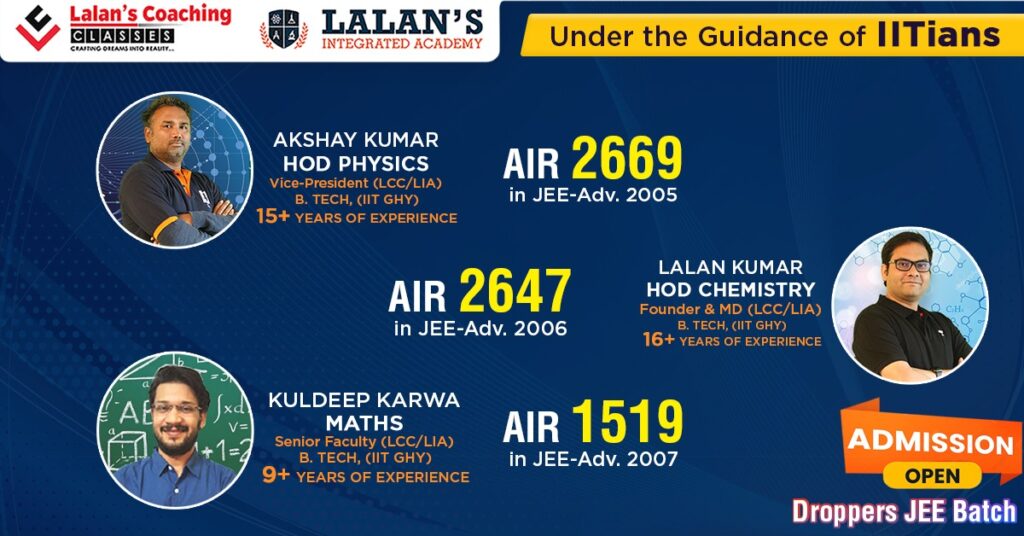| Genreal Topics |
|
Concept of atoms and molecules
Dalton’s atomic theory
Mole concept
Chemical formulae
Balanced chemical equations
Calculations (based on mole concept and stoichiometry) involving common oxidation-reduction
neutralisation
displacement reactions
Concentration in terms of mole fraction
molarity
molality and normality
|
| States of Matter: Gases and Liquids |
|
Gas laws and ideal gas equation
absolute scale of temperature
Deviation from ideality
van der Waals equation
Kinetic theory of gases
average
root mean square and most probable velocities and their relation with temperature
Law of partial pressures
Diffusion of gases
Intermolecular interactions: types, distance dependence, and their effect on properties
Liquids: vapour pressure, surface tension, viscosity
|
| Atomic Structure |
|
Bohr model,
spectrum of hydrogen atom
Wave-particle duality
de Broglie hypothesis;
Uncertainty principle
Qualitative quantum mechanical picture of hydrogen atom: Energies, quantum numbers, wave function and probability density (plots only), shapes of s, p and d orbitals
Aufbau principle
Pauli’s exclusion principle and Hund’s rule
|
| Chemical Bonding and Molecular Structure |
|
Orbital overlap and covalent bond
Orbital overlap and covalent bond
Molecular orbital energy diagrams for homonuclear diatomic species (up to Ne2)
Hydrogen bond
Polarity in molecules
dipole moment
VSEPR model and shapes of molecules (linear, angular, triangular, square planar, pyramidal, square pyramidal, trigonal bipyramidal, tetrahedral and octahedral)
|
| Chemical Thermodynamics |
|
Intensive and extensive properties
state functions
First law of thermodynamics; Internal energy, work (pressure-volume only) and heat
Enthalpy, heat capacity, standard state, Hess’s law
Enthalpy of reaction, fusion and vapourization, and lattice enthalpy
Second law of thermodynamics
Entropy
Gibbs energy
Criteria of equilibrium and spontaneity
|
| Chemical and Ionic Equilibrium |
|
Law of mass action
Significance of ȟܩ and ȟܩ ٓin chemical equilibrium
Equilibrium constant (Kp and Kc) and reaction quotient
Le Chatelier’s principle (effect of concentration, temperature and pressure)
Solubility product and its applications, common ion effect, pH and buffer solutions
Acids and bases (Bronsted and Lewis concepts)
Hydrolysis of salts
|
| Electrochemistry |
|
Electrochemical cells and cell reactions
Standard electrode potentials
Electrochemical work, Nernst equation
Electrochemical series, emf of galvanic cells
Faraday’s laws of electrolysis
Electrolytic conductance, specific, equivalent and molar conductivity, Kohlrausch’s law
Batteries: Primary and Secondary, fuel cells
Corrosion
|
| Solid State |
|
Henry’s law
Raoult’s law
Ideal solutions
Colligative properties: lowering of vapour pressure, elevation of boiling point, depression of freezing point, and osmotic pressure
van’t Hoff factor
|
| Surface Chemistry |
|
Elementary concepts of adsorption: Physisorption and Chemisorption, Freundlich adsorption isotherm
Colloids: types, methods of preparation and general properties
Elementary ideas of emulsions, surfactants and micelles (only definitions and examples)
|







